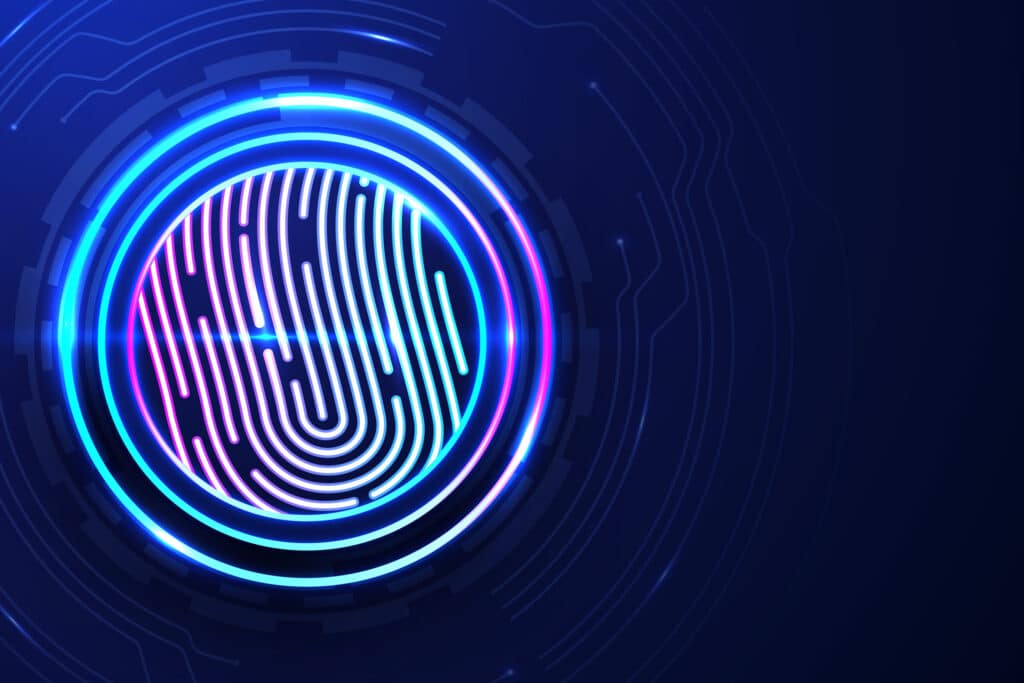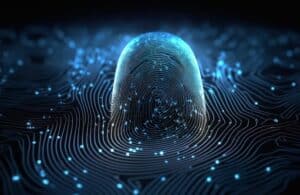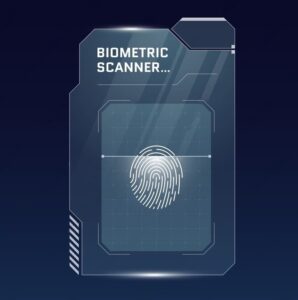Introduction:
In a world where accurate identification is crucial for security, employment, and various official processes, the evolution of fingerprinting technology has played a pivotal role. Among these advancements, Live Scan technology has emerged as a game-changer, revolutionizing the way fingerprints are captured, processed, and utilized for identity verification. In this blog, we will delve deeper into the capabilities and benefits of Live Scan technology, exploring how it has enhanced the accuracy and efficiency of identity verification processes.
The Evolution of Fingerprinting:
Traditionally, fingerprinting involved inky fingers and paper cards, which, while effective, had their limitations. Ink smudges, inaccuracies, and lengthy processing times were common challenges. Enter Live Scan technology—a sophisticated solution that digitizes the fingerprinting process. By replacing ink and paper with digital scans, Live Scan addresses these limitations and brings a host of advantages to the table.
Accurate and Reliable Identification:
Live Scan technology’s foremost advantage is its accuracy. Unlike inked fingerprints, which can smudge or fade, digital scans offer unparalleled precision. This accuracy is especially critical for law enforcement agencies, where accurate fingerprint matching can lead to swift resolutions of criminal cases. Whether it’s identifying suspects or confirming the identity of missing persons, Live Scan’s precision is a crucial tool in modern policing.
Integration with Biometric Systems:
Live Scan technology can be integrated with other biometric systems, such as facial recognition and iris scanning, for more comprehensive identification. This multi-modal approach enhances the accuracy and reliability of identity verification, especially in scenarios where multiple biometric factors are considered.
Efficiency Redefined:
Gone are the days of mailing inked fingerprint cards and waiting weeks for results. Live Scan expedites the process significantly. With digital transmission of fingerprints, agencies can receive and process results in a fraction of the time it used to take. This efficiency is a boon for organizations that require timely background checks for employment, licensing, or certifications. It’s a win-win situation: applicants can proceed with their endeavors sooner, while organizations can make informed decisions faster.
Cleaner and More Comfortable:
One of the immediate benefits individuals experience with Live Scan is the absence of messy ink. Traditional fingerprinting often left individuals with ink-stained fingers, an inconvenience that Live Scan eliminates. The process is cleaner, more hygienic, and more comfortable for everyone involved. This factor contributes to a more positive experience for individuals undergoing fingerprinting for various purposes.
Secure Transmission and Data Integrity:
Security is paramount in identity verification processes. Live Scan technology ensures the secure transmission of fingerprint data through encrypted channels, safeguarding personal information from unauthorized access. Additionally, digital records are less susceptible to tampering, ensuring the integrity of the collected data. This security is especially important given the sensitive nature of the information being transmitted.
Versatile Applications:
Live Scan technology’s versatility is another standout feature. It’s not limited to law enforcement; it finds applications in various sectors. From employment background checks and licensing applications to volunteer screening and immigration processes, Live Scan’s adaptability makes it an indispensable tool across industries. For example, healthcare facilities can ensure the credentials of medical professionals, while schools can conduct thorough checks on potential educators.
Reducing Human Errors with the live scan
Manual fingerprinting can sometimes lead to errors, whether due to ink smudging or misinterpretation of patterns. Live Scan minimizes these errors by capturing precise digital images of fingerprints. This reduction in errors contributes to more accurate identification and decision-making processes.
Future Prospects:
As technology continues to advance, Live Scan’s potential continues to grow. Improved algorithms, enhanced scanner capabilities, and integration with advanced databases promise even more accurate and efficient identification processes. The convenience and reliability offered by Live Scan will likely make it an enduring solution for identity verification needs. As artificial intelligence and machine learning become more sophisticated, Live Scan could potentially aid in predictive analytics for law enforcement agencies.
Reducing Paper Waste:
With Live Scan technology, the need for paper fingerprint cards is eliminated, leading to reduced paper waste. This environmentally friendly aspect aligns with modern sustainability efforts and contributes to a greener approach to identity verification.
FAQs for Top 10 Power of Live Scan Technology
1. What is Live Scan technology? Live Scan technology is a digital fingerprinting method that captures and transmits fingerprint images electronically. It has revolutionized the way fingerprints are collected and used for various purposes.
2. How does Live Scan technology improve accuracy? Live Scan technology captures high-resolution digital fingerprint images, reducing errors caused by smudging or poor ink quality. This leads to more accurate and reliable identification and background checks.
3. Can Live Scan capture more than fingerprints? Yes, besides fingerprints, some advanced Live Scan systems can capture other biometric data such as palm prints, making it a versatile tool for identification and security purposes.
4. What are the key advantages of Live Scan over traditional methods? Live Scan offers faster processing, reduced chances of errors, increased convenience for applicants, improved record-keeping, and the ability to securely transmit data electronically.
5. How does Live Scan technology enhance security? Live Scan securely transmits encrypted fingerprint data over protected networks, reducing the risk of data breaches and unauthorized access to sensitive biometric information.
6. What industries benefit from Live Scan technology? Various industries, including law enforcement, healthcare, education, banking, and government agencies, benefit from Live Scan for background checks, employment screenings, licensing, and security clearance processes.
7. How does Live Scan streamline background check processes? Live Scan technology enables agencies to process and analyze fingerprints quickly, speeding up background check procedures and reducing wait times for applicants.
8. Can Live Scan technology be integrated with other systems? Yes, Live Scan systems can be integrated with databases and identity verification systems, enhancing the overall efficiency and accuracy of identification processes.
9. What challenges does Live Scan technology face? While powerful, Live Scan technology may face challenges related to data privacy and security concerns, as well as the need for ongoing updates to stay ahead of potential vulnerabilities.
10. How does Live Scan contribute to public safety? Live Scan technology aids law enforcement agencies in accurately identifying individuals, helping to solve crimes, prevent identity theft, and maintain public safety.
11. Is Live Scan technology widely accessible? Live Scan technology’s accessibility varies by region and jurisdiction. Some areas have a broader adoption, while others may have limited availability based on local regulations and resources.
12. What role does Live Scan play in modernizing identification methods? Live Scan is a pivotal technology in modernizing identification processes, replacing outdated ink-and-paper methods with efficient digital techniques that align with today’s technological advancements.
13. Can Live Scan technology be used for international identification purposes? Live Scan is primarily used within national jurisdictions, and international fingerprinting requirements may vary. It’s recommended to inquire with relevant authorities when dealing with cross-border identification needs.
14. How does Live Scan contribute to fraud prevention? Live Scan’s accurate and secure transmission of biometric data helps prevent identity fraud, as it becomes much harder for individuals to use forged or stolen identities when undergoing identification processes.
15. Does Live Scan replace the need for human verification? While Live Scan technology is highly efficient, human verification and analysis are still essential for making final identification decisions, especially in sensitive cases.
Please note that these FAQs are intended to provide general information about the powers and benefits of Live Scan technology. The specifics may vary based on the technology’s implementation and the jurisdiction’s regulations.
Conclusion:
Live Scan technology has transformed the landscape of identity verification by combining accuracy, efficiency, and convenience. The evolution from ink and paper to digital scans has made the process more reliable, faster, and cleaner. As we move forward, Live Scan’s role in enhancing identity verification processes across industries will undoubtedly solidify its position as a cornerstone of modern biometric technology. Its impact on security, law enforcement, and various sectors serves as a testament to its significance in the digital age. Learn more about live scan locations




